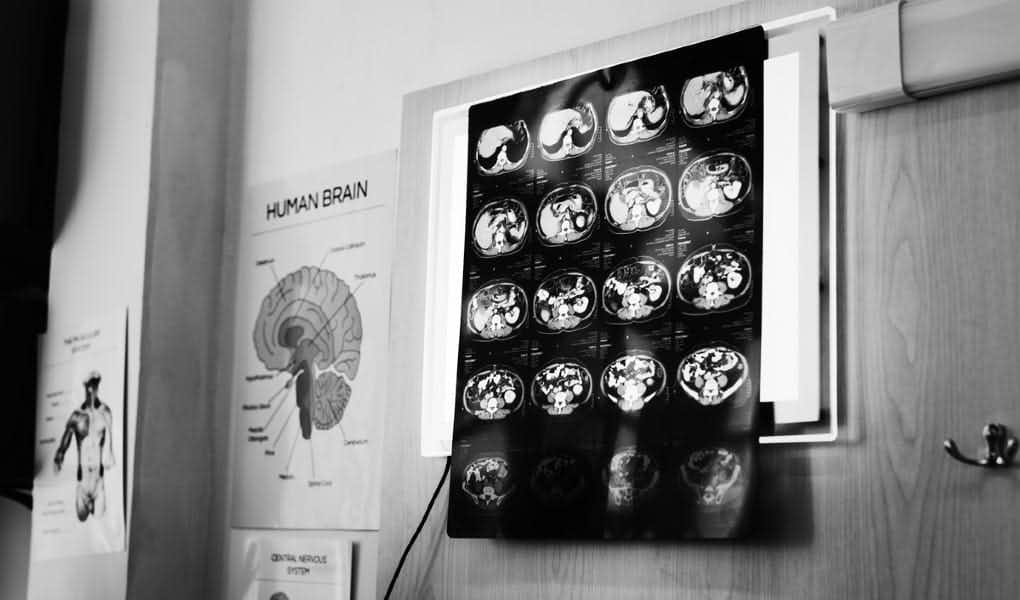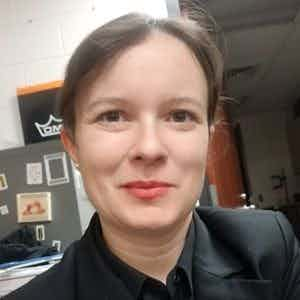Expert Witness Research, Preparation Leads to Verdict for Plaintiff
In our newsletter survey, we asked attorneys to tell us about their largest settlement or verdict this year to date. We spoke with Jeremy A. Gogel from The Gogel Law Firm about his recent medical malpractice verdict and why the jury ruled in his client’s favor.
Updated on
Not every headache patient needs a CT scan. Yet some do—and in this case, the difference between performing a CT and not performing one proved fatal.
In this case, a young mother lost her life to a brain bleed—a “can’t miss” diagnosis that can be made through a CT scan. Yet, the patient didn’t receive a CT scan at her first ER visit. By the time a CT was performed, it was too late.
This case posed challenges, particularly with respect to expert witness testimony. Both the plaintiffs’ and the defendants’ attorneys questioned the likelihood of a verdict in the plaintiffs’ favor. Yet, the jury awarded damages to the plaintiff. In the process, the case revealed helpful takeaway points for medical malpractice attorneys and experts.
Case Background
The patient, a 24-year-old mother of three, arrived in the ER with a severe headache, sensitivity to light, a runny nose, and watery eyes. She also described having “spotty vision,” and she said that headaches were unusual for her. After receiving migraine medications, she was sent home with a sinusitis diagnosis. No diagnostic tests were performed during the patient’s ER visit.
Three days later, the patient arrived at a different hospital via ambulance, where a head CT revealed a massive brain bleed. She died later that day, leaving behind a two-year-old child and a pair of one-year-old twins.
A CT scan could have diagnosed the brain bleed during the patient’s first ER visit. A proper diagnosis would have allowed for timely intervention, which may have saved the patient’s life. Instead, the patient relied on a diagnosis of sinusitis and went home. By the time it became obvious the sinusitis diagnosis was wrong, the brain bleed had progressed to a fatal condition.
Events at Trial
The plaintiffs included the patient’s three children and the plaintiff’s mother, who is now raising the plaintiff’s twins. The defendants included the doctor who initially diagnosed the patient during her first ER visit and the hospital the patient visited during the first ER visit.
The plaintiffs put forward three experts, while the defendants fielded two. Initially, the defendants’ experts appeared to outclass the plaintiff’s experts in several ways. One of the defense experts was a nationally recognized neuro-ER expert, while the other was a neurologist from a local university.
On the plaintiffs’ side, one expert—a neurosurgeon—had such trouble testifying coherently that the plaintiffs’ lawyers chose to show excerpts from his deposition rather than call him as a life witness.
The primary issue at trial was one of “clinical judgment.” The plaintiffs’ lawyers argued that the defendants failed to meet the standard of care in exercising clinical judgment by not ordering a CT scan, especially when the patient had no prior headache history. The defendants’ lawyers argued that the clinical judgment met the standard of care, pointing to the patient’s runny nose and watery eyes as evidence that the sinusitis diagnosis was reasonable.
The Plaintiffs’ Outcome
During closing arguments, the jury appeared to favor neither side. After deliberations, however, the jury returned a verdict in favor of the plaintiffs—including a larger award for non-economic damages than the plaintiffs had originally requested.
After the trial ended, the jurors noted that they had seven votes in favor of the plaintiffs upon entering the jury room. After some discussion, two more jurors agreed to side with the plaintiffs. The jury foreperson had been a plaintiff in a previous medical malpractice case, but one with a very different set of facts.
Key Takeaways
Both the plaintiffs’ and the defendants’ attorneys, in this case, saw a verdict in the plaintiffs’ favor as an open question. After all, the plaintiffs’ attorneys were relying on circumstantial evidence to argue that a CT was necessary and the sinusitis diagnosis was inappropriate. Three factors helped sway the jury in favor of the plaintiffs.
First, the patient’s mother, a plaintiff, testified well. Even the defense counsel considered her one of the best plaintiffs he’d ever seen on the stand. The jury’s response underscored this assessment. Second, the case was tried before a fair and well-tempered judge, who was willing to consider pre-trial and trial motions in a thoughtful manner.
Third, despite their considerable credentials, the defendants’ experts helped sway the case in the plaintiffs’ favor.
One of the defendants’ experts had significant experience as an expert witness. By tracking down transcripts from this expert’s appearances in other trials, the plaintiffs’ lawyers were able to identify situations in which the expert had considered similar facts but gave an opinion that would support the plaintiffs’ arguments in this case, rather than the defendants’ arguments. The defendants’ other expert had not only published work that weighed in the plaintiffs’ favor but was also being paid significantly more than any other expert to testify—a fact plaintiffs’ attorneys leaned on in their closing arguments.
“The takeaway from this case is to ‘test, don’t guess,’” said the plaintiff’s attorney Jeremy A. Gogel. “It is a doctor’s duty to rule out potentially life-threatening conditions, and in this case, the doctor had a quick, easy, non-invasive test available to do that, but failed to do so, which cost someone her life.”
Attorneys cannot always choose their plaintiffs or their judge. Preparing plaintiffs for trial, however, can help ensure they connect with the jury while on the stand. Proper preparation in the form of motions in limine can also lay firm groundwork for trial.
As this case demonstrates, researching opposing expert witnesses can be as valuable as researching one’s own witnesses—if not more so. Outstanding credentials don’t tell the entire story. Dig into an expert’s prior work to determine whether their opinions align with their own research and past efforts, as well as with existing scientific standards.
About the author
Dani Alexis Ryskamp, J.D.
Dani Alexis Ryskamp, J.D., is a multifaceted legal professional with a background in insurance defense, personal injury, and medical malpractice law. She has garnered valuable experience through internships in criminal defense, enhancing her understanding of various legal sectors.
A key part of her legal journey includes serving as the Executive Note Editor of the Michigan Telecommunications and Technology Law Review. Dani graduated with a J.D. from the University of Michigan Law School in 2007, after completing her B.A. in English, summa cum laude, in 2004. She is a member of the Michigan State Bar and the American Bar Association, reflecting her deep commitment to the legal profession.
Currently, Dani Alexis has channeled her legal expertise into a successful career as a freelance writer and book critic, primarily focusing on the legal and literary markets. Her writing portfolio includes articles on diverse topics such as landmark settlements in medical negligence cases, jury awards in personal injury lawsuits, and analyses of legal trial tactics. Her work not only showcases her legal acumen but also her ability to communicate complex legal issues effectively to a wider audience. Dani's blend of legal practice experience and her prowess in legal writing positions her uniquely in the intersection of law and literature.
Subscribe to our newsletter
Join our newsletter to stay up to date on legal news, insights and product updates from Expert Institute.
Sign up nowA Sample Voir Dire: How To Qualify An Expert Witness
Download free white paperChallenging Opposing Experts: Advanced Research Techniques
Download free white paperCross Examining Expert Witnesses: The Ultimate Guide
Download free white paper
Subscribe to our newsletter
Join our newsletter to stay up to date on legal news, insights and product updates from Expert Institute.



